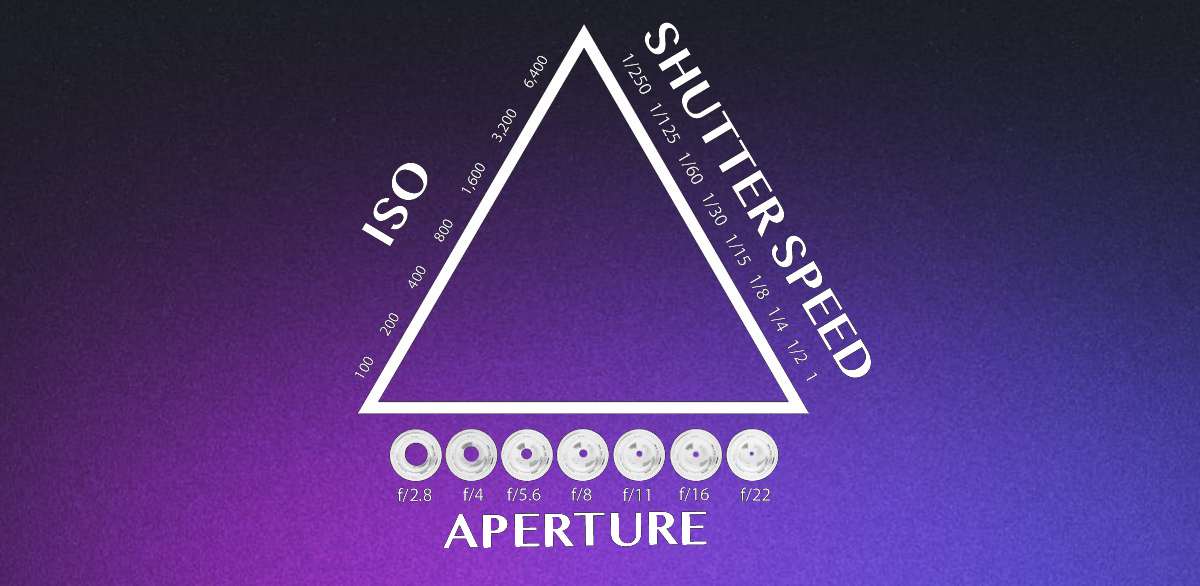
A Beginner's Guide to Photography
 Vlad Manea
Vlad Manea
Exposure, light, camera settings, lenses, aperture, shutter speed, ISO, composition and the list goes on. It’s a lot to take in, and it’s easy to feel lost. Everyone was there in the beginning. Photography is an art form, but it’s also deeply technical, which can make starting out seem hard and complicated. However, just like with any other skill, the key to mastering photography is to filter the information and learn step by step. After all, diving in without a strategy is like trying to navigate without a map.
Quite some years ago, there weren’t nearly as many resources available to learn photography. Back then there was either a friend who knew what this whole “photography thing” was about, or you went to university. And that was pretty much it. Nowadays, though, it’s awesome to have countless resources at our fingertips. But with so much information available, it’s more important than ever to focus on the essentials first.
These are the technical principles that have truly transformed the way we capture moments, and I hope they’ll do the same for you. By learning the basics, one opens up a whole new world of creativity and possibilities on the photography journey. Imagine finishing this post, grabbing your camera, and being able to set it to manual mode with confidence, ready to experiment. Sounds exciting, right?
Understanding the Exposure Triangle
At its core, photography is all about mastering light. We measure light in what we call “stops of light.” To control these stops, photographers use the exposure triangle, which consists of three main components:
- Shutter Speed
- Aperture
- ISO
These terms might sound a bit technical at first, but they are the foundation for everything else in photography.
Shutter Speed
When you snap a photo, light enters through your lens, hits the shutter, and then lands on the sensor. Think of the shutter as a gatekeeper—it opens and closes to control how much light reaches the sensor. A fast shutter speed means less light enters, which is perfect for freezing action in crisp detail. On the other hand, a slow shutter speed allows more light to hit the sensor, making it ideal for capturing motion or creating artistic blur.
So, the next time you want to photograph a fast-moving subject like a car or a sports event, you’ll know to increase the shutter speed. Conversely, if you’re aiming for a silky smooth waterfall effect, slowing down the shutter speed will help you achieve that dreamy look.
Aperture: The Eye of Your Camera
Next up is aperture, which refers to the size of the opening in your lens. A wider aperture (represented by a lower f-stop number like f/1.4) allows more light to enter and creates a beautiful, blurry background—perfect for portraits or isolating a subject. On the flip side, a smaller aperture (a higher f-stop number like f/11) gives you a wider depth of field, which is ideal for landscapes where you want everything in sharp focus.
The aperture not only controls the amount of light but also affects the depth of field in your images. This means that by adjusting your aperture, you can control how much of your photo is in focus. For instance, if you’re shooting a portrait, a wide aperture will make the subject stand out by blurring the background, while a narrow aperture will keep everything from the foreground to the background sharp.
ISO: Light Sensitivity in Your Hands
Lastly, we have ISO, which controls how sensitive your camera’s sensor is to light. A lower ISO is great for bright environments, keeping your photos clean and crisp. However, as you increase the ISO, your camera becomes more sensitive to light. The trade-off is that higher ISO settings can introduce grain or noise into your shots, which isn’t always desirable.
Balancing ISO with shutter speed and aperture is 80% of the road to getting the right exposure. For example, if you’re shooting in low light and don’t want to use a flash, increasing the ISO will help you capture the scene. But be cautious—not all cameras handle high ISO settings well, so you might need to find a balance that works for your gear.
Bringing It All Together
Before we even look through the viewfinder, we follow a simple thought process:
Do we want to freeze the action or blur it for a creative effect? This determines my shutter speed. How much do we want in focus? This helps me choose the right aperture. Based on the first two decisions, how should we adjust the ISO to get the correct exposure? If a shot is too dark, we’ll bump up the ISO. If it’s too bright, we might speed up the shutter or narrow the aperture. It’s all about finding that balance to get the perfect shot.
Photography is a journey, and every great photo begins with understanding the fundamentals. So, take your time, experiment, and most importantly, have fun with it.